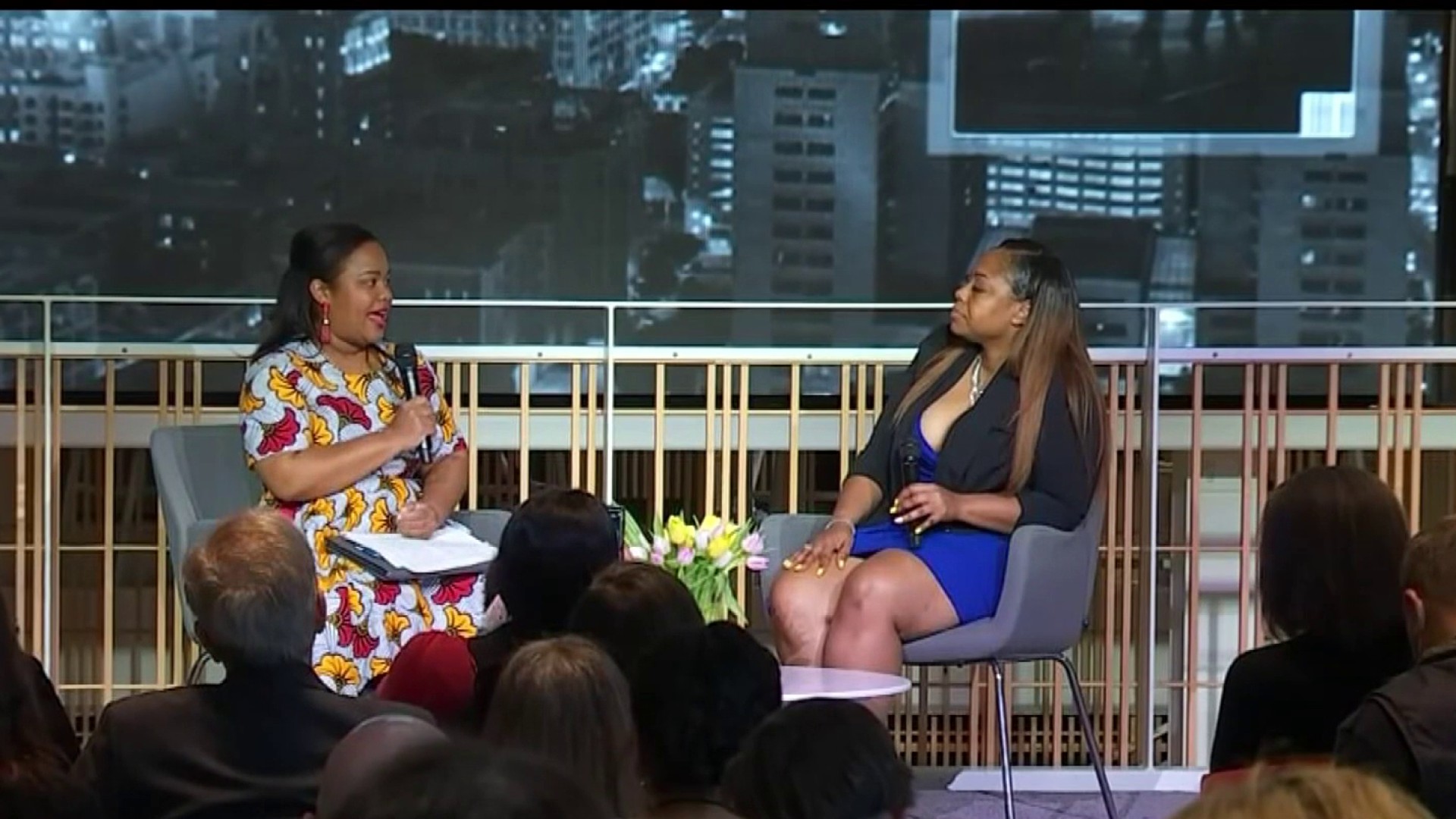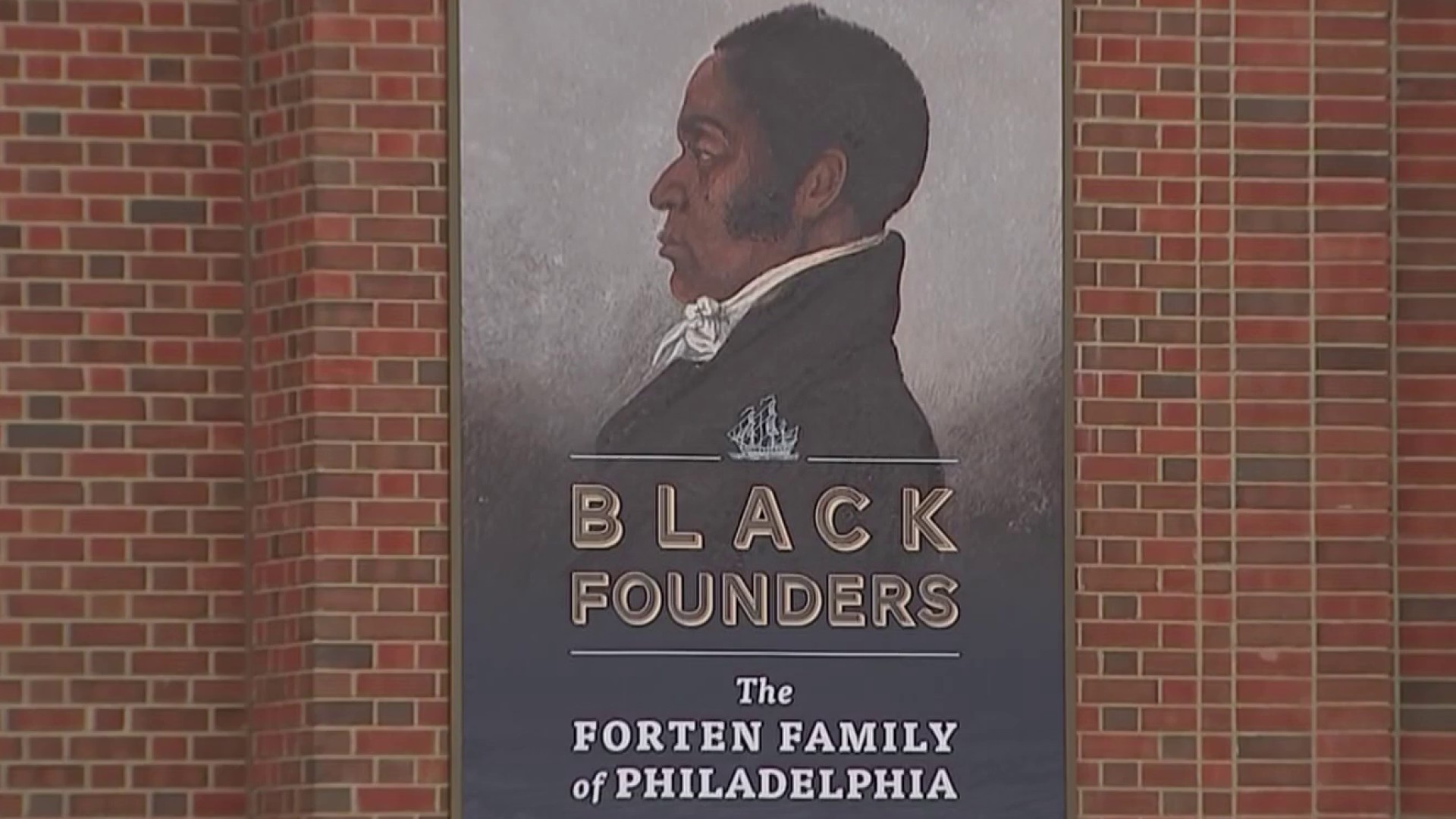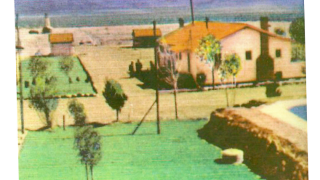
Nearly 100 years ago on the outskirts of Apple Valley, Murray’s Dude Ranch was at the peak of its popularity as the first Black-owned dude ranch, hosting A-List celebrities while also serving as one of the only integrated vacation destinations in the nation.
Victor Valley Museum is celebrating inclusivity, diversity and culture for Black History Month through their Murray’s Dude Ranch exhibit.
The history of Murray’s Dude Ranch dates back to when Nolie Murray, a Black businessman from Los Angeles, and his wife, Lela, decided to buy the property for $100 in 1926. The property was a former working cattle ranch near Apple Valley at the intersection of Waalew and Bell Mountain Roads.
Get top local stories in Southern California delivered to you every morning. Sign up for NBC LA's News Headlines newsletter.
Dude ranches, also known as guest ranches, were popular in the early 20th Century for people looking to get away from city life and enjoy a stay in rural parts of the United States.
Nowadays, use of the word “dude” is common, but nearly 100 years ago it was used as a slang term by people living in rural areas to describe people living in urban areas.
In the early 20th Century a lot of property owners, mainly former cattle farmers, would open up their properties for urbanites to go and spend a few days away from the city.
After the Murrays bought the property, they tried to farm chickens and used the space to house underprivileged children.
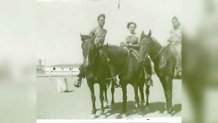
“They decided to make it a chicken ranch for themselves, but they always had aspirations to have an African American boys town for Black, underprivileged children,” said Tiffany Talavera, Victor Valley Museum's associate curator.
It wasn’t until the 1930s, in an attempt to pick up business on the ranch that the Murrays decided to open the nation’s first Black-owned dude ranch to the public, with integrated staff and visitors.
“This was the only place in the county, as well as the country, where people could go and vacation together. It was a safe haven,” Talavera said.
For nearly 20 years, Murray’s Dude Ranch operated with a baseball diamond, tennis courts, horse riding stables, a pool and cottage houses for all guests to use.
The Murrays' ranch soon became a favorite vacation spot for many African Americans at the height of widespread segregation practices across the nation that limited access to recreational facilities for people of color for much of the early 20th Century.
“It was nice for people of color to go and have a vacation spot and enjoy nature while not having to worry about being turned away or violating the law, “ Talavera said.
While the ranch was originally known for hosting guests, it garnered more attention through hosting and sponsoring rodeos on the property.
“They were sponsoring rodeos and asking famous people to go up and join in,” Talavera said.
The rodeos helped garner the attention of some of Hollywood’s stars of yesteryear to the ranch.
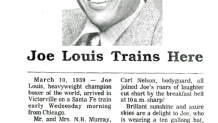
The ranch’s popularity drastically increased in 1937 after Life Magazine featured former world heavyweight boxing champion Joe Louis staying at the ranch during one of the famous rodeos. Louis would become a regular visitor of the ranch, even training at the ranch for two weeks before defending his title against Jack Roper in 1939.
Louis went on to win against Roper via knockout, securing his sixth title defense.
Murray’s Dude Ranch also served as the filming location of several Black Westerns starring actor and songwriter Herbert Jefferies, including “The Bronze Buckaroo” and “Harlem Rides The Range” which were both released in 1939.
The ranch would remain popular through the '40s, but at the end of the decade the course of the Murrays involvement with the ranch would change the direction of the business.
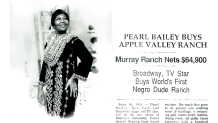
“Lela died in 1949 and Nolie still ran the ranch,” Talavera said. “By 1955, he ended up selling the ranch to Pearl Bailey, who was a famous Black singer.”
Bailey and her husband, Louie Bellson tried to modernize the ranch and operate it more like a hotel rather than a dude ranch. Nolie would remain on the ranch until his death in 1958 and soon after the property was sold again in the mid-'60s.
The property sat vacantly and eventually would become infested with brown recluse spiders, leading to the Apple Valley Fire Department burning the original buildings down as part of a training exercise in 1988.
Victor Valley Museum is located at 11873 Apple Valley Road in Apple Valley.

